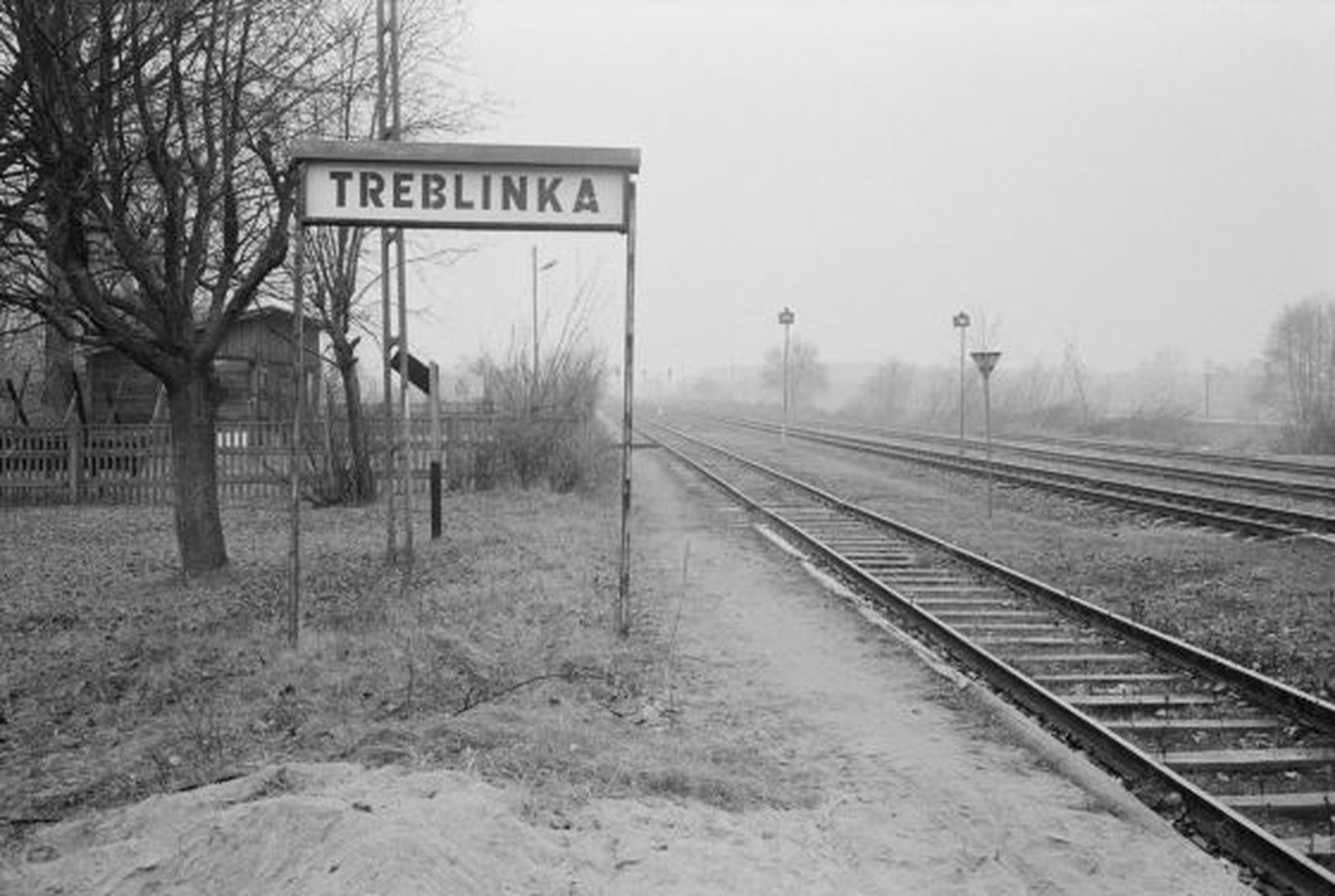Yankiel Wiernik, who was on a transport;
https://web.archive.org/web/20220309084 ... iernik.htm
"Amidst untold torture, we finally reached Malkinia, where our train remained for the night."
"In the morning our train got under way again."
"Until noon I suffered greatly from thirst. Then a German, who subsequently became the "Hauptsturmfuehrer," entered our car and picked out ten men to bring water for us all."
"At 4 P.M. the train got under way again and, within a few minutes, we came into the Treblinka Camp"
So, the transport spends the night at Malkinia, then it moves nearby to TII and waits during the day, till it makes a short trip in the afternoon into the camp.
Franciszek Zabecki who worked at the Treblinka station;
https://www.holocausthistoricalsociety. ... aster.html
"...we had had a telegram announcing the arrival of shuttle trains from Warsaw with ‘resettlers.’"
"...a train arriving late in the evening, was kept overnight at the Treblinka village station..."
"...two German railwaymen who supervised the shunting of the deportation trains from the Treblinka station to the death camp."
Jozef Pogorzelski, train dispatcher, Treblinka;
https://www.zapisyterroru.pl/dlibra/pub ... DAgN3Y7N2o
"As for the way the transports were handled at the Treblinka railway station, it was as follows. When a transport arrived, it was manned by two German railwaymen, employed at the station especially for that purpose, who usually divided the transport into three parts with each one being gradually pushed by a shunting steam engine onto a siding which led to the camp."
Kazimierz Gawkowski, pointsman, Treblinka;
https://www.zapisyterroru.pl/dlibra/pub ... DAgN3Y7N2o
"A transport usually consisted of 60 wagons; after it had arrived at the Treblinka railway station, it was divided into three parts, each with 20 wagons, which were gradually moved onto the ramp of the Treblinka extermination camp. This was done by a shunting steam engine, which came to the Treblinka railway station from Małkinia specially for that purpose."
Malkinia was just a stop, used depending on space at the Treblinka station, where the shunting took place to take trains into the camp. This contradicts all the unevidenced revisionist claims that trains arrived either largely empty, or just carrying property.

